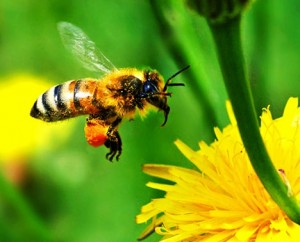 Killer bees or Africanized bees are actually a hybrid of African and European honey bee species that were accidentally introduced into the ecosystem from a laboratory in Brazil in 1956, where scientists were attempting to create a strain of bee with superior honey producing qualities. The Africanized honey bee is now rapidly spreading across North America, causing particular problems to beekeepers, as they will happily interbreed with European Honey Bees, often without the beekeepers realising it, until the behaviour of their colonies starts to change.
Killer bees or Africanized bees are actually a hybrid of African and European honey bee species that were accidentally introduced into the ecosystem from a laboratory in Brazil in 1956, where scientists were attempting to create a strain of bee with superior honey producing qualities. The Africanized honey bee is now rapidly spreading across North America, causing particular problems to beekeepers, as they will happily interbreed with European Honey Bees, often without the beekeepers realising it, until the behaviour of their colonies starts to change.
The media have made much of this bee, including coining the term ‘Killer Bee’. It often comes as a surprise to people to learn that the Africanized Bee is actually slightly smaller than the European Honey Bee, although the difference is hard to detect with the naked eye. The two types of bees are otherwise difficult to tell apart and can often only be differentiated under a microscope.
Further reading on Killer Bees:
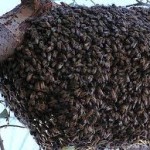 Killer Bee Facts and Fiction
The Africanised honey bee or ‘Killer bee’ is widely feared by the public, a reaction that has been encouraged by sensationalist movies and exaggerated media reports.
Killer Bee Facts and Fiction
The Africanised honey bee or ‘Killer bee’ is widely feared by the public, a reaction that has been encouraged by sensationalist movies and exaggerated media reports.
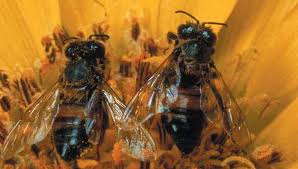 The Difference between European Honey Bees and Killer Bees
There is very little physical difference between a Killer or Africanised Honey Bee and a European Honey Bee.
The Difference between European Honey Bees and Killer Bees
There is very little physical difference between a Killer or Africanised Honey Bee and a European Honey Bee.
![]() How to reduce the likelihood of being attacked by Africanized Bees
As Africanized bees spread across North America more and more people are having to learn to live with these bees and adapt their behaviour.
How to reduce the likelihood of being attacked by Africanized Bees
As Africanized bees spread across North America more and more people are having to learn to live with these bees and adapt their behaviour.
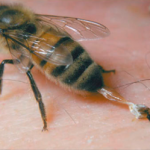 Reduce the seriousness of an Africanized Bee Attack
It is wise to be aware of the best course of action to take if you are attacked by Africanized bees.
Reduce the seriousness of an Africanized Bee Attack
It is wise to be aware of the best course of action to take if you are attacked by Africanized bees.
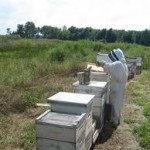 Beekeeper’s Role in Combating Africanized Bees
Africanized bees get a bad press and this tends to rub off on beekeeping in general with a lot of people believing that all bees are dangerous and beekeepers simply increase people’s likelihood of getting stung.
Beekeeper’s Role in Combating Africanized Bees
Africanized bees get a bad press and this tends to rub off on beekeeping in general with a lot of people believing that all bees are dangerous and beekeepers simply increase people’s likelihood of getting stung.
